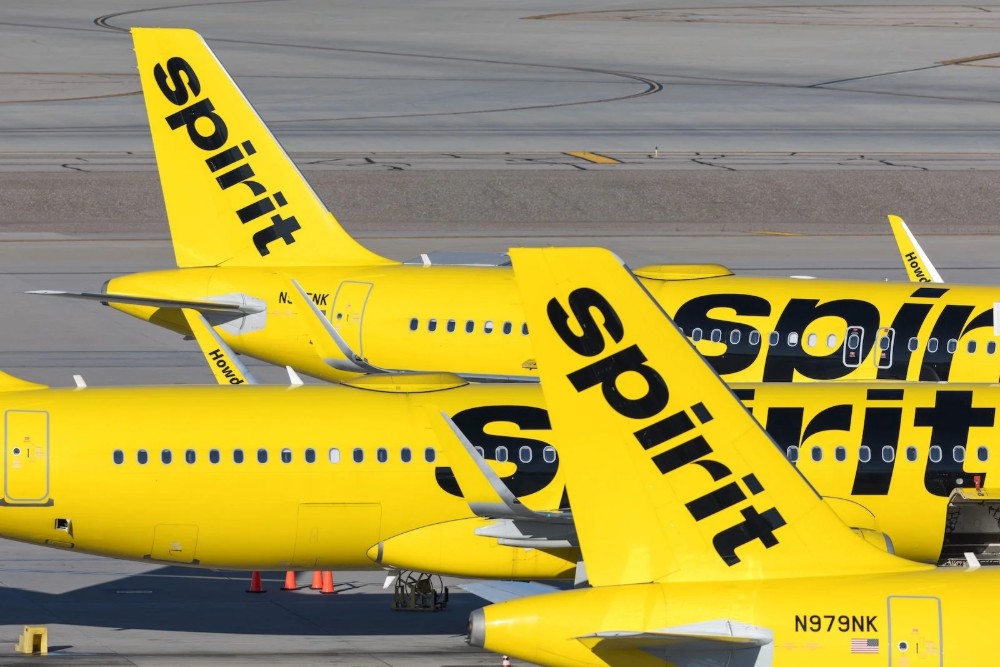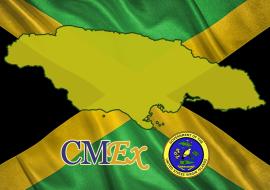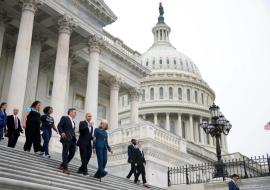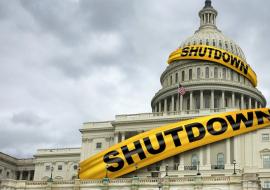Spirit Airlines Files for Bankruptcy Protection Again

Spirit Airlines, the Florida-based ultra-low-cost carrier famous for its bright yellow planes, has filed for Chapter 11 bankruptcy protection for the second time in less than a year, highlighting the airline’s persistent financial challenges. Spirit initially filed for bankruptcy in November 2024 and emerged in March 2025 after restructuring efforts. However, mounting losses and ongoing pressures have prompted the airline to seek protection once again.
In the three months ending June 2025, Spirit reported a net loss of $246 million, with dwindling cash reserves and continued financial strain driving the latest filing. Despite converting $800 million of debt into equity during the previous restructuring, the airline has struggled to stabilize operations and maintain profitability.
Through the Chapter 11 process, Spirit plans to implement comprehensive restructuring measures, including fleet reductions, a network redesign, and delisting from the New York Stock Exchange. The airline aims to position itself for long-term sustainability while continuing to offer low-cost travel.
Spirit has assured that normal operations, including ticket sales and scheduled flights, will continue and that employees and contractors will remain paid during the process. Nonetheless, the filing has already resulted in pilot furloughs and potential reductions on key routes, including Los Angeles, Las Vegas, and Dallas-Fort Worth.
Industry analysts note that Spirit’s repeated bankruptcies underscore vulnerabilities in the low-cost carrier sector, particularly in the post-pandemic travel market. The airline’s struggles could lead to higher airfares across the industry, as competitors no longer face pressure to match Spirit’s ultra-low prices, potentially reducing basic economy options for travelers.
As Spirit navigates this second bankruptcy, the airline’s future remains uncertain. Success will hinge on the effectiveness of its restructuring strategy and broader economic conditions, determining whether it can regain stability and continue serving its value-conscious customers.














